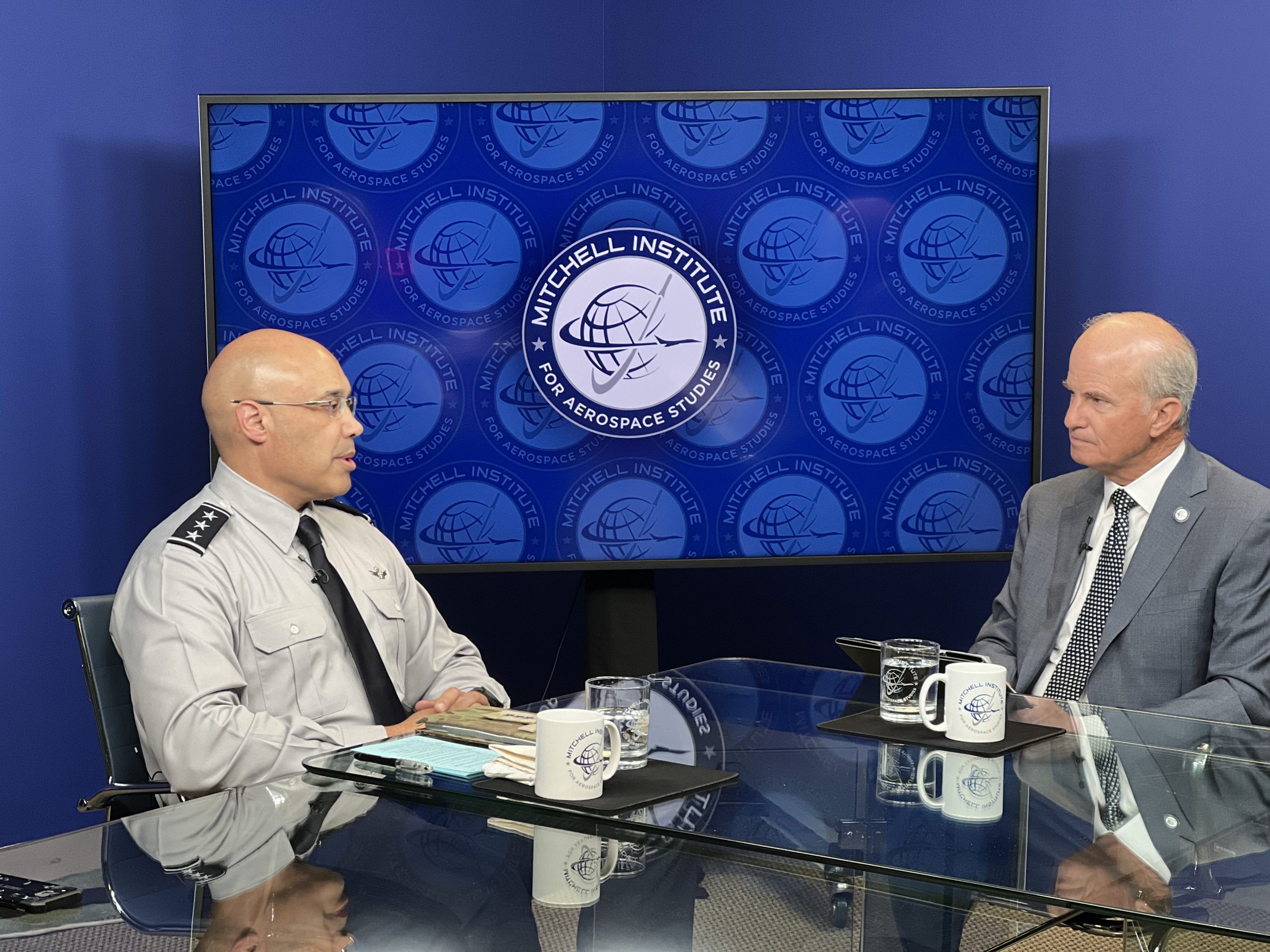Space Operations Command boss Lt. Gen. David N. Miller Jr. said more advanced, integrated training for space operators is coming and will result in a readier, more combat-attuned force.
Creating Space Forces-Space, the new operational component under U.S. Space Command, has freed SpOC to put more emphasis on generating and sustaining ready combat forces, Miller said July 8 at a Mitchell Institute for Aerospace Studies Schriever Spacepower talk.
“The task is to improve it now based off the capabilities we have and rapidly spiral in as much as much capability as we can get,” Miller said.

The establishment of Space Forces-Space (S4S) last December as the organization responsible for presenting forces to U.S. Space Command, enabled SpOC to better focus its efforts. Prior to S4S standing up, SpOC was pulled in two directions, presenting forces to SPACECOM and training Guardians to support all the other combatant commands. Now that the duties are split, Space Operations Command can better focus on how “to provide that spacepower to all the combatant commands, not just U.S. Space Command,” Miller said.
At the same time, SpOC is changing how it presents that spacepower. The new Space Force Generation Model defines periods of focus, so that units and the Guardians assigned to them get a break from day-to-day operations to train, regenerate readiness through high-end training and exercises, and then stand ready for full-time operational duty.
That high-end training—part of the six-week “ready” phase—is the key to improving, Miller said
“In the past, you might see an individual unit focus their training model on executing a mission-essential task list that was fundamentally about baselining their capability to operate a system,” Miller said. “That’s no more. It is primarily focused on the threat.”
To meet the threat, Miller added, Deltas will train together across a mission area, focusing less on specific systems and more on how to accomplish an objective.
“I was just at Buckley last week visiting Delta 4, which has the missile warning and tracking mission area,” Miller said. “The commander there is a guy named Col. Bobby Schmitt. He now trains, it’s not just SBIRS training … he’s training across the formation, across their ground-based radars, to track things like hypersonic vehicles better, to focus on potential fractional orbital bombardment system capabilities like the PRC had been building, better. So he’s training as a mission area.”
Following that, Miller added, Deltas will train for “planning across formations,” figuring out ways for different units to support each other and emulating how the joint force would operate in a fight.
To make that happen, SpOC had to synchronize the force generation model across units, a process that culminated July 1.
“Every unit went in together, they trained together, they were prepared together,” Miller said.
More modernization is needed, as Chief of Space Operations Gen. B. Chance Saltzman has noted in the past, and Miller echoed that sentiment.
“Right now we don’t have the emulation capability for the threat and the simulation capability across units to allow us to train at the high-fidelity levels that we will need to,” he said. “I’ll be honest with you, much of that training will likely be very sensitive and we would not want to expose that in a live-fly arena. So it’s going to probably have to be virtual.”
While past training simulations and software focused on particular weapons systems, Miller wants future systems to emphasize integration. Miller said he is working with his counterpart at Space Training and Readiness Command, Maj. Gen. Timothy A. Sejba, to create more training opportunities and tabletop exercises—highlighted by the service’s premier Space Flag exercise, which currently runs twice annually for three weeks.
“We’re trying to build those into a more rapid pace,” Miller said.